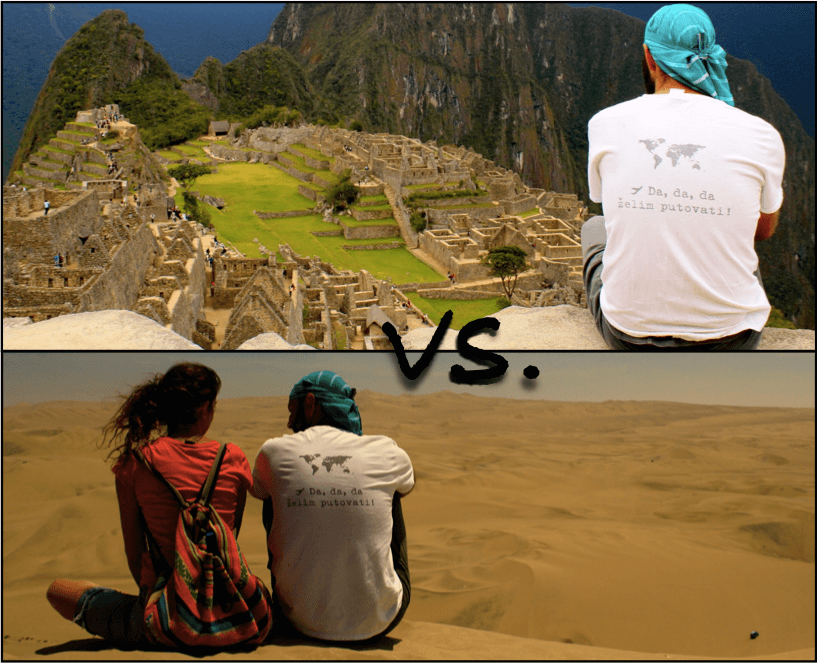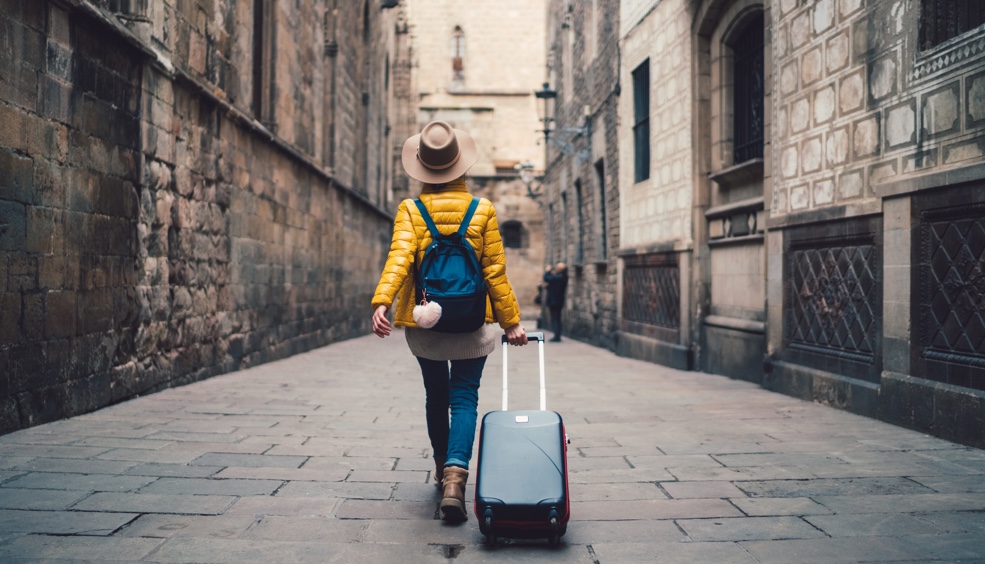For some novice hikers, equipment is a major stumbling block. Specialty stores are stocked with a variety of hiking and travel items, and a beginner is likely to find it difficult to figure it out.
“The main mistake newbies make is too many things they pack with them just in case. All this is hard to carry on your back, you get tired quickly and no longer think about anything other than the possibility of quickly throwing off your backpack. During the rafting, there is more space to place things and you do not need to carry them on yourself. But the kayak is also not rubber – as a result, they take up all the free space, they even rise above the sides, there is nowhere to put your legs, the posture is uncomfortable, and everything goes numb. The bottom line is the same as with tracking – it is impossible to enjoy the process and nature because of the inconvenience, ”explains Lensky.

The specific list of things will depend on the type of trip, its duration, weather, as well as the ability to move by vehicles or animals. But there is equipment that is needed in most cases. “The most basic things in any hike are a tent, a rug, a sleeping bag, a flashlight, dishes, matches or a lighter (and several), an awning (protects from rain, snow, sun), axes or saws, a burner and gas (even if there are to cook over a fire), ropes (you need ones on which you can stretch an awning or hang clothes and equipment to dry), power banks, hygiene items, sets of clothes, depending on the route and location of the hike. For trekking – a good backpack, matched to the person carrying it, and trekking poles. For rafting – hermetic bags, life jacket, helmet (if the hike is categorical (of a certain category of difficulty. – Approx. Ed. ) with overcoming difficult obstacles) and a floating craft “, – says Alexey.
Even the lists of basic things for different travelers may differ – it all depends on specific experience and personal preference. “What I would definitely put in my backpack: a knife, a flashlight, spare batteries for it, upper thermal underwear, and if I go in cold weather – even lower thermal underwear, a hat, two pairs of extra socks, protection from the sun and insects, and three chocolate bars in addition to the main meal, “adds Vladimir Ivshin.
According to him, a beginner does not have to look for equipment of a high price category – a specialized mass market for them will cover up to eighty percent of needs. “I would advise you not to spend too much on your first set of equipment. Everything that is possible, first you need to collect from friends and acquaintances and only then go to the store to buy what is missing. Only during the hike will you understand what things need to be changed or purchased in the future, ”says the climber. In addition, some equipment can be rented, which is even more convenient, so you can try different types of equipment and eventually understand what is right for you.
“For convenience, I often want to take on a hike what is meant for spending time in a campsite – when you stand in a clearing in the forest, without changing your sleeping place day after day, with the ability to take everything by car … But here you should not buy tables, chairs and any furniture in general (and there is a lot of it – from beds to entire kitchens), an awning tent, a large camping tent with several rooms, a hammer for pegs (this is also sold), a large inflatable mattress (not confused with compact self-inflating rugs), toilet and shower tents, “- says Alexei Lensky.
Clothes have their own rules too. Professionals do not advise wearing cotton clothes on hikes – they dry for a long time, which is why you freeze faster in them. Give preference to synthetics, and in all items of a hiking wardrobe – from underwear and socks to outerwear. Be sure to take the time to choose shoes: if this is a hike in the Moscow region, then strong sneakers will come in handy here, for example, for trail running; in general, footwear should be suitable for local conditions. A raincoat can also come in handy during a hike – it will not only save you from rain and wind, but will also become an additional thermal layer.

